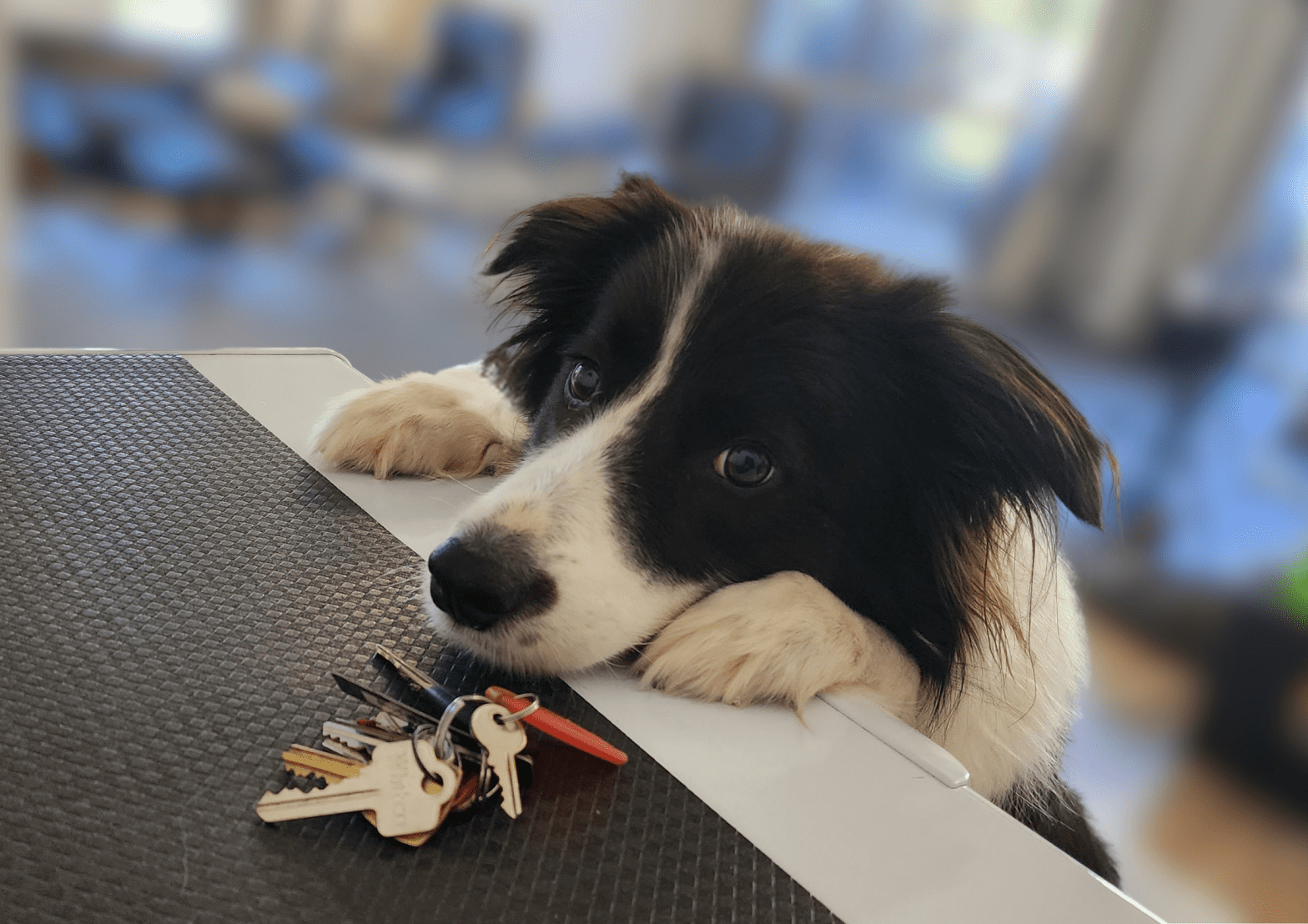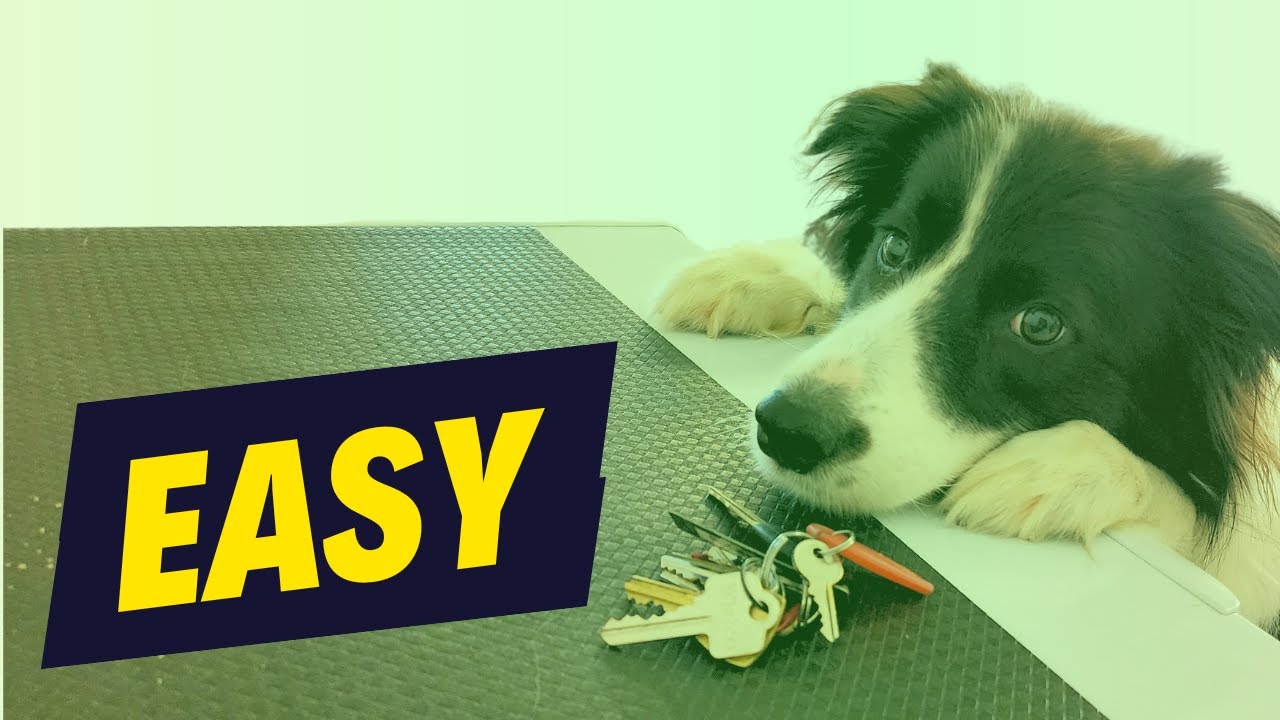How To Teach Your Dog To Find Your Keys


Charlotte Bryan
Published On May 20,2024
In this step-by-step guide, we’ll focus on the first step of training your dog to find your keys, starting in your designated training area. This is a fun and engaging activity that can be enjoyed by dogs of all skill levels, whether they are familiar with scent work or not. The primary goal is to ensure your dog associates the keys with a positive reward.

Subscribe to Charlotte on YouTube >
Materials Needed:
- Clicker: This helps to create a clear, consistent marker for your dog. You can get a great clicker from Vet Supply >
- Treats: Use high-value treats that your dog loves.
- Keys: Any set of keys will do.
Step-by-Step Instructions:
1. Prepare Your Materials:
- Have your clicker and treats ready.
- Ensure the training area is free from distractions to help your dog focus.
2. Introduce the Clicker:
- The clicker serves as a marker that tells your dog they’ve done something right and a reward is coming. Unlike a verbal marker, a clicker removes the personal association, making the reward clearly linked to the action or object.
3. Initial Interaction:
- Place the keys on the ground in a visible spot.
- Stand back and wait for your dog to approach and show any interest in the keys.
4. Mark and Reward:
- As soon as your dog interacts with the keys (sniffs or touches them), click the clicker and immediately give a treat.
- Place the treat on the ground near the keys rather than giving it directly from your hand. This reinforces the idea that the reward is associated with the keys, not with you.
5. Repetition and Patience:
- Repeat this process several times, allowing your dog to make the connection between the keys, the click, and the treat.
- Keep the sessions short, around 2-3 minutes, to maintain your dog’s interest and prevent boredom.
6. Avoid Direct Guidance:
- Avoid pointing at the keys or gesturing. Let your dog use their own curiosity and thinking to locate the keys. This promotes independent problem-solving and strengthens the association between the keys and the reward.
7. Gradual Progression:
- If your dog doesn’t show interest initially, you might place a treat closer to the keys. However, try to avoid this if possible to ensure the treat isn’t directly associated with being near the keys.
- Gradually move the keys to different spots in the area to encourage your dog to search.
Tips for Success:
- Consistency: Be consistent with using the clicker and treats. Consistency helps your dog understand what is expected.
- Positive Reinforcement: Always use positive reinforcement. If your dog makes a mistake, simply ignore it and wait for the correct behaviour.
- Short Sessions: Keep training sessions short and fun. This prevents your dog from becoming overwhelmed or bored.
- Patience: Every dog learns at their own pace. Patience is key to successful training.
By following these steps, you’ll set a strong foundation for your dog to learn how to find your keys. The initial stage is all about creating a positive association with the keys and reinforcing that through repetition and rewards. With time and practice, your dog will be well on their way to becoming a pro at finding your keys!





